Intro to Adam Rieger
Although Adam Rieger insists that he is a “non-expert” tenkara angler, I think it is safe to say that it’s one of his favourite things in life (and I suspect because he loves it so much, that he may be being a bit modest!). He recently found himself on a part business/part pleasure trip to Japan where he could combine some tourism, strong drink and tenkara tuition. He very kindly agreed to let us share his trip diary experiences with you. So, for a series of three guest posts, Adam will be revealing his complete set of trip notes from a fascinating trip.
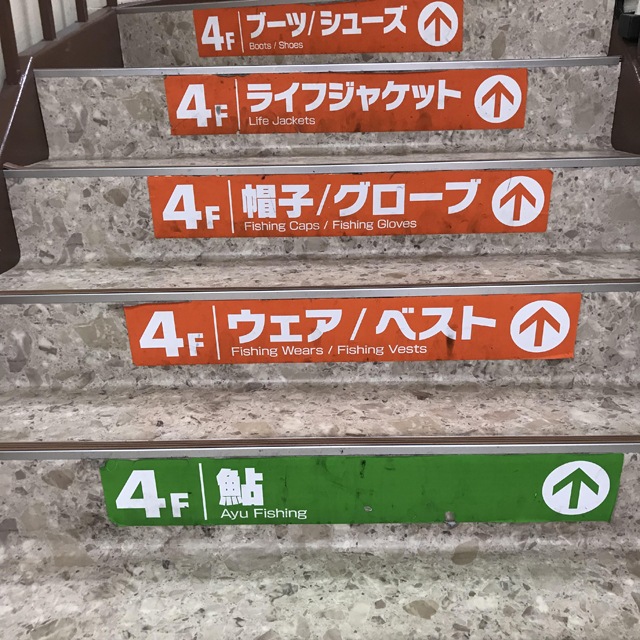
With great pleasure, let me present Adam’s first installment below…
Paul & JP.
Adam’s Japan Trip Diary: Part 1
I work in the wine/sake business in New York and New Jersey. The company I work for distributes a portfolio of Sake imported to the US by a company named Vine Connections. In February I was invited on a trip to Japan to visit some breweries we sell and to meet the people behind the sake, to learn more about them and to also immerse in a bit of the culture and cuisine of Japan.
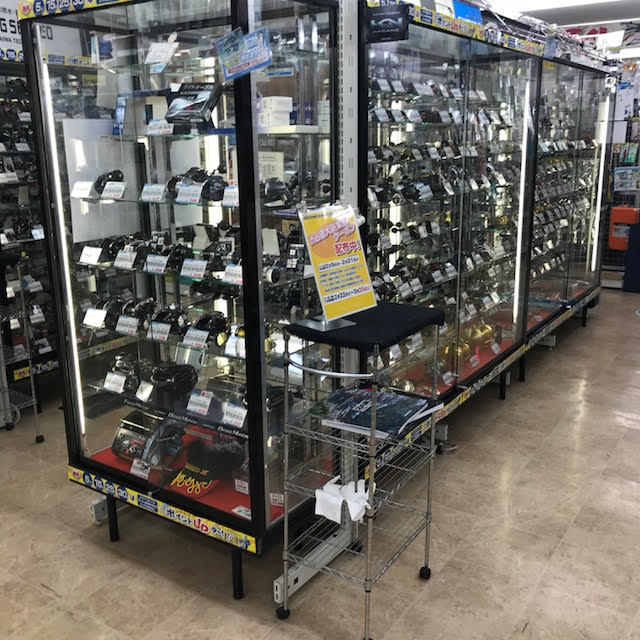
Being interested in tenkara I of course reached out to several people in Japan to see about connecting and fishing. Go Ishii became my main contact and the person I spent the most time with and who helped coordinate some activities. We of course ate and drank together (a shared passion between us), spent a day on the water together, and, he also arranged a day with a Wazao craftsman named Masayuki Yamano to build a very simple 3 piece bamboo tenkara rod.
The guys at DT have very graciously allowed me to share my experiences. I am going to do it in 3 parts. The first part will deal with some of the things I learned and experienced in Japan relating to religion and culture and how that connects to some of the things I learned about the history of tenkara and the definition of tenkara. I will then cover some technical stuff I learned from my day on the water with Go-san. And lastly, my day with Yamano-san making a bamboo rod.
I hope you enjoy!
Very early in my trip, our group went to a city called Kamakura. This city was for a period in Japan’s history, when the Samurai took power from the Emperor, the capital. For a tour of this city we were guided by an expert on Buddhism and Shintoism and I learned quite a bit about them from visiting temples (Buddhism) and shrines (Shintoism) in Kamakura. Since this post is fishing related, I will quickly skip over the deeper details of this and cut to the chase about why these two religions play a role regarding tenkara.
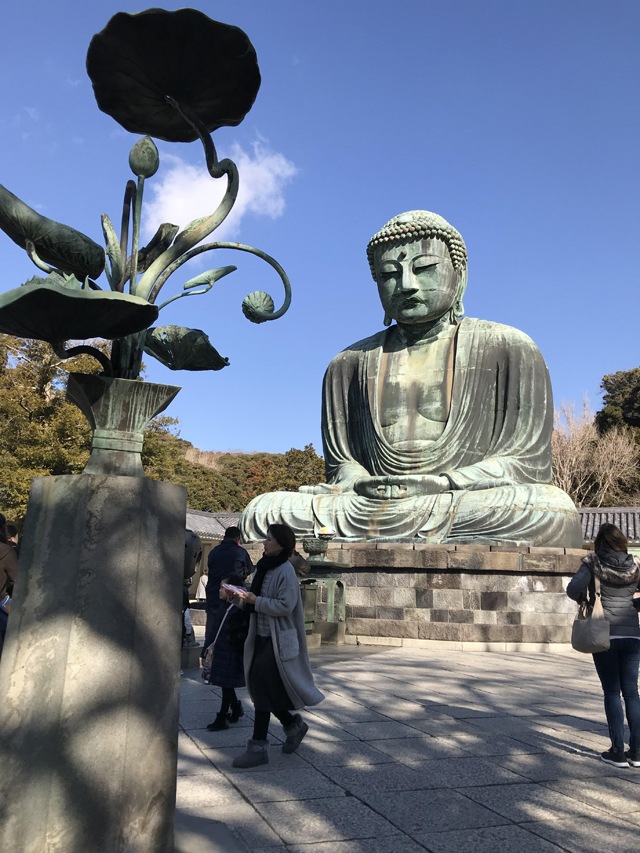
In discussing my prior adventures in Japan upon meeting Go Ishii, he connected for me a few key things about religion and spiritualism in Japan and fishing/tenkara. The first major point is that through much of Japan’s history the consumption of meat was either banned outright or considered taboo. This is the influence of those religious ideas on the “table”. Fish therefore became a very import part of cuisine. Japanese cuisine had centuries of refinement in the preparation of fish. This refinement extended not only to diversity of fish species but also in preparing specific fish at specific times of year or at different life stages of the animal as those differences affected the flavor. As one can imagine with this level of refinement in eating fish, the angling or catching of the fish equally refined. Equipment, technique and skills developed to target specific species and fishing was largely done for food. My take away from this is that fish and fishing took a much higher level of importance in Japanese culture than for example in my own culture.
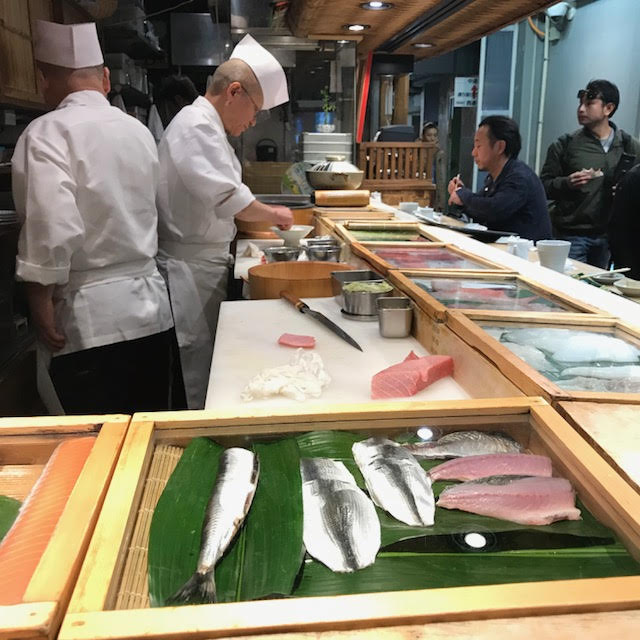
The next biggest take away religion had for me as relates to tenkara is the importance of mountains. A very large portion of religious sites are on mountains. For the Japanese, mountains are very spiritual places and are very important. Geographically speaking, Japan’s population centers lie in flatter areas and mostly along the coast…yet almost everywhere you are surrounded by mountains or very close to mountains. Summer time in much of these population centers is very hot and very humid so the weather in the mountains at that time is much more appealing. These two factors and I am sure many others, have always drawn the Japanese to spend time in the mountains if they could. There is a deep draw to many to the mountains.
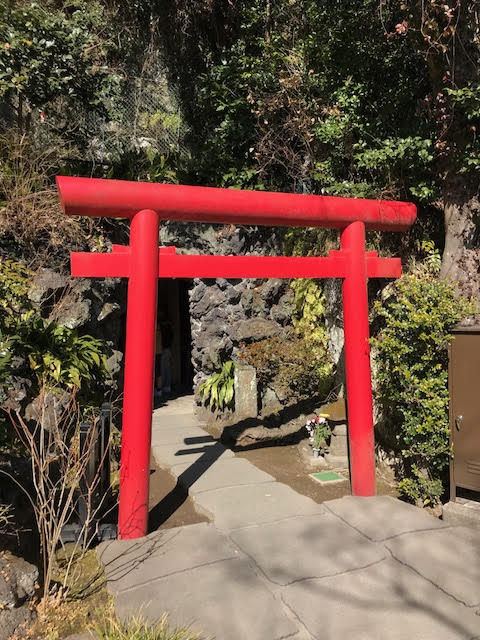
Symbolic “Tori” gate to shrine
When Japan opened up to the west, many explorers came to Japan to do adventures into the mountains. The west brought with it the “sport” of mountaineering. This “sport” combined with the Japanese cultural connections to the mountains…well…took off. Today, as Go-san explained to me, many of the top mountaineers and climbers (think Everest etc.) are Japanese. On my train travel throughout Japan to visit breweries I encountered countless people with full climbing gear on trains headed to various places. On my day with Go-san on a stream about 2 hours outside of Tokyo we saw tons of hikers and climbers. Going into the mountains and spending time there is serious business in Japan!
How does this relate to tenkara? Enter into this story an adventurer and mountaineer named Sebata-san. He went deep into the mountains to very remote areas for adventure. On these adventures he encountered in remote places some of the last commercial mountain anglers for trout and char. To learn more about this history (see Tenkara Lowdown here). From them he learned tenkara. What is particularly special about Sebata-san is that when he returned from the mountains he wrote articles about his adventures in very popular fishing magazines. These articles reached a wide audience and introduced many Japanese to tenkara who had never heard about it before! As interest grew, Sebata-san with a friend began to make films of his adventures. These films were wildly successful and sold out quickly on release. This growth of interest in tenkara connects two very important things in Japanese culture…fishing and the mountains.
With increased interest and more anglers of tenkara coming about, companies began to make gear for hiking and climbing in the mountains in water and they also developed all the tackle associated for it as well. Many of these products were designed because of angler requests and even with angler input…think of the many rods designed with famous angler input.
But make no mistake…for the Japanese world of fishing and for many of these companies tenkara is still a super niche! Take Shimano as example. For them…the vast majority of their revenue comes from bicycles! For fishing…salt water is king…maybe bass second…mountain stream bait fishing is larger still than tenkara…this means the “tenkara department” at Shimano is well not large.
All of this is important because tenkara while not new – the opening up of it to the larger population is new (Sebata-san is still alive!). Even with the opening up of it to the wider world at large the market is small but things have accelerated quickly. In today’s age there is the ability to transmit information very quickly via videos, books, online articles, magazines etc. While these can convey many details…fishing and in this specific case tenkara is really best transmitted from angler to angler by fishing together. To truly understand tenkara it takes time and it requires learning from those with more experience.
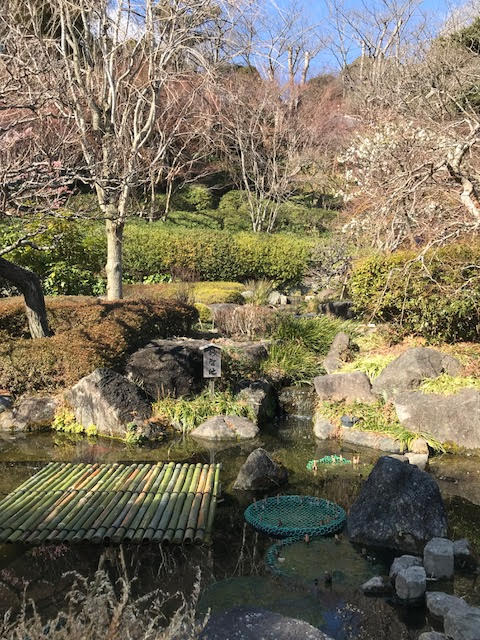
So while tenkara has moved very quickly from its source around the world, a very small set of people have really invested the time in apprenticing or learning from more experience anglers the true art. This is not only outside of Japan…it includes inside Japan as well. Japan is not immune to the modern world! What has spread quickly may relate to the original but it very often has become something else. I do not want to ignite the “tenkara wars” here and online again but if the true art and discipline is to continue and remain alive it will be because of person to person teaching and interested people seeking that knowledge.
That person to person learning…and my experience with Go-san will be the subject of the next post so stay tuned!
Adam Rieger.
If you enjoyed Adam’s first installment – why not pass it on to your friends with the social share buttons on this page?

Very interesting read Adam. I am teaching an Itroduction to Tenkara class in April and will share some of your perspectives and learning! Cheers
Great stuff Doc.
Look out in the next couple of days for a big new article on our site about the connections between tenkara’s origins and the ancient mountain hunting cultures of the Northern Hemisphere…
Paul
Great piece Adam. Lucky you- spending time with Go-san.